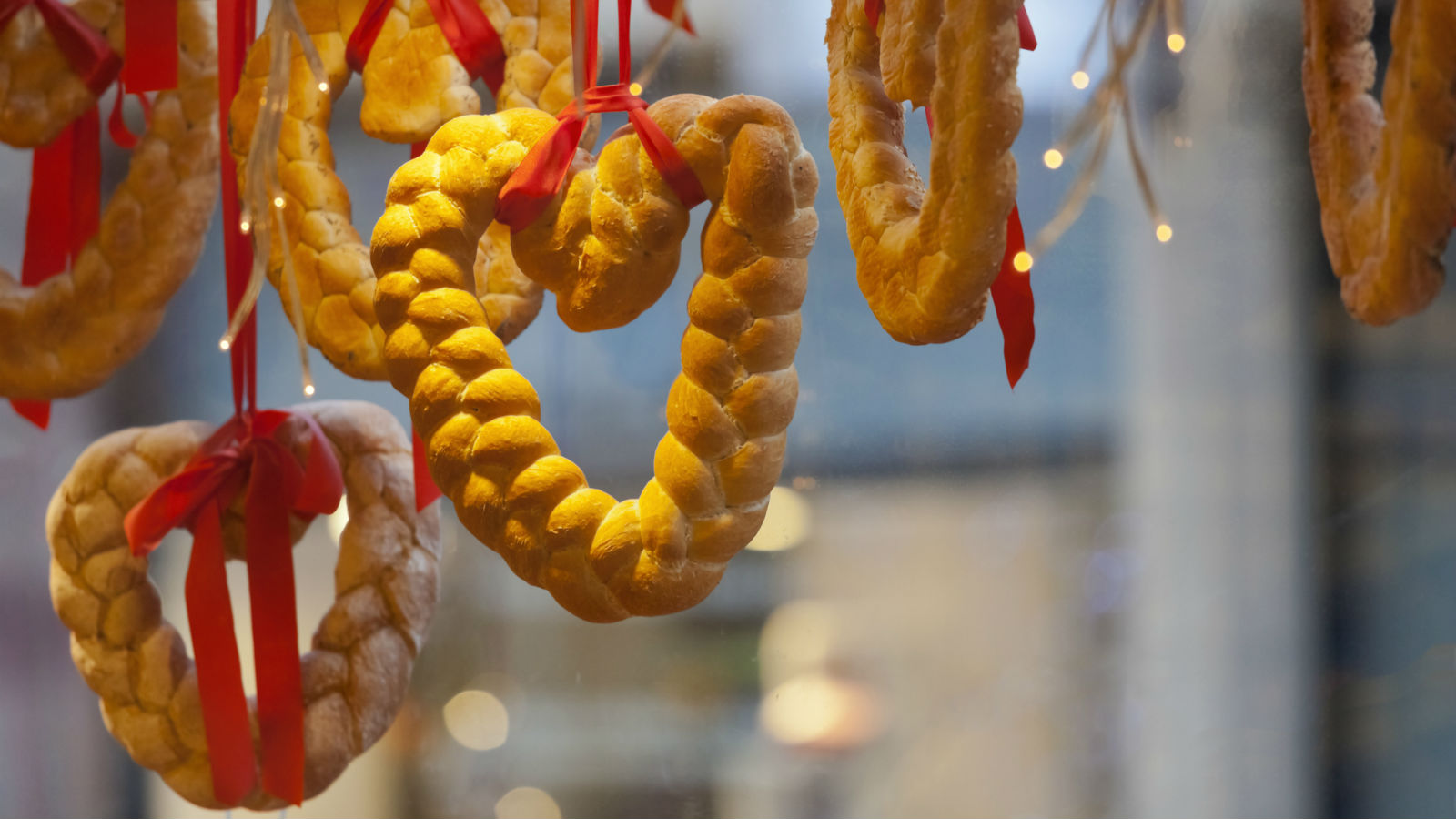Challah is often cited as one of the most popular Jewish foods. A delicious, braided egg bread served on Shabbat, traditionally by Ashkenazi communities, it is clear that challah has been heavily influenced by other European braided breads. The significance of the braiding has to do with auspicious numbers, such as using seven strands to signify seven days of the week, or 12 strands for the 12 tribes.
The primary element of challah that makes it uniquely Jewish is its lack of dairy ingredients — unlike virtually all other European braided breads. This is due to kosher laws — if you make bread with dairy in it for Shabbat dinner, you won’t be able to eat meat products along with it. For that reason, traditional challah typically uses dairy alternatives like oil or even nut or soy milks, instead.
It’s also worth noting that while challah can be made on the sweeter side, especially for the High Holidays, it often is far less sweet than its relations.
Allow me to introduce you to challah’s delicious European cousins — if this doesn’t inspire you to have a braided bread binge baking session, there might be something wrong.
The Nosher celebrates the traditions and recipes that have brought Jews together for centuries. Donate today to keep The Nosher's stories and recipes accessible to all.
Vanočka/Vianočka
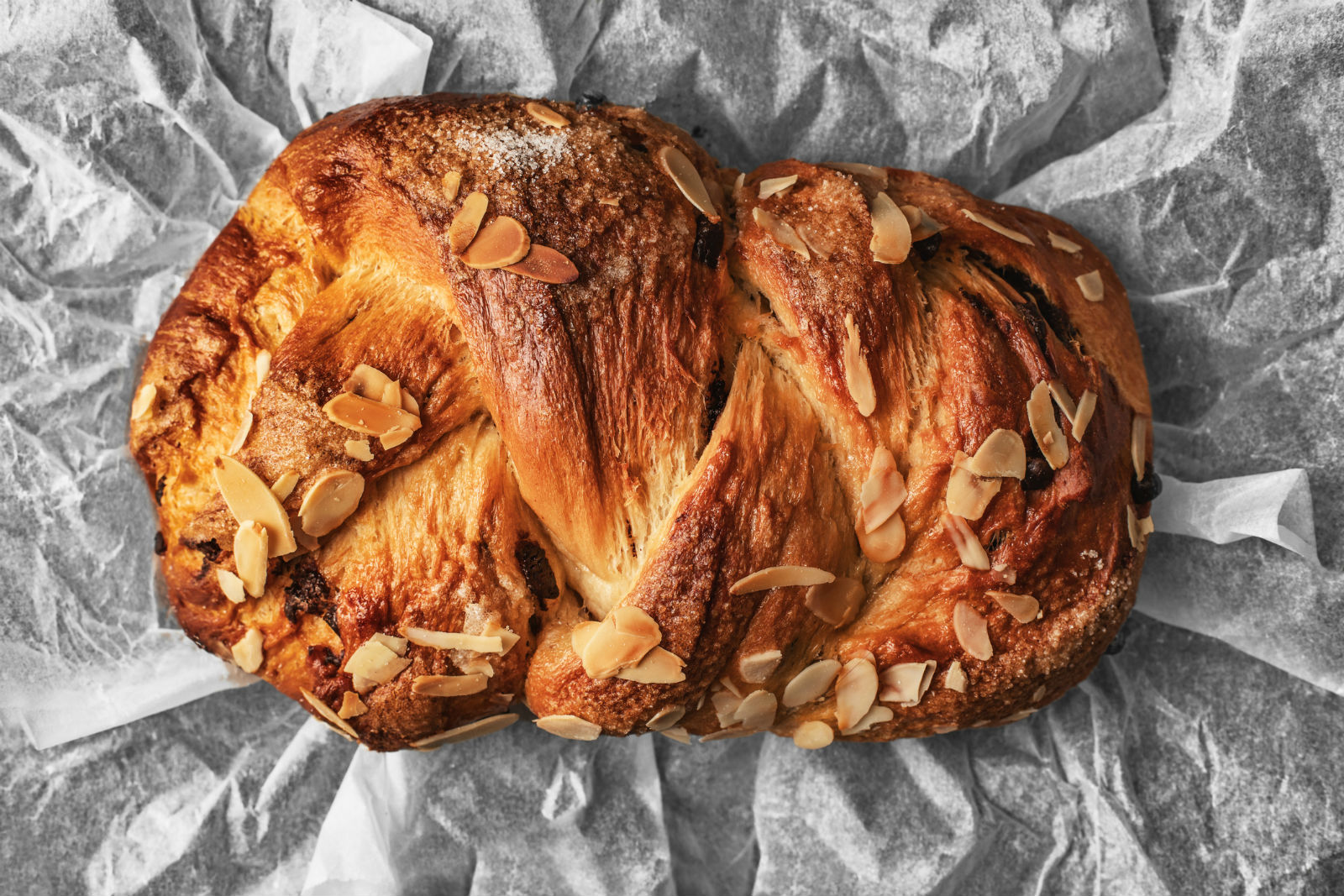
A braided bread meant for Christmas (Vanoce/Vianoce) in the Czech Republic and Slovakia, this rich and delicious loaf is chock-full of decadent ingredients, including butter, slivered almonds, raisins, milk, and eggs. Variations call for ingredients like lemon peel, anise, and cloves. It looks very similar to challah, but some cooks braid it in a somewhat layered manner, with strands stacked atop one another. It can be purchased year-round in both countries at grocery stores, but those are typically factory-made versions that pale in comparison to the homemade delicacy.
Some home bakers make an Easter version of this bread that is essentially the same, but shaped in a circle.
Pleteno Srce
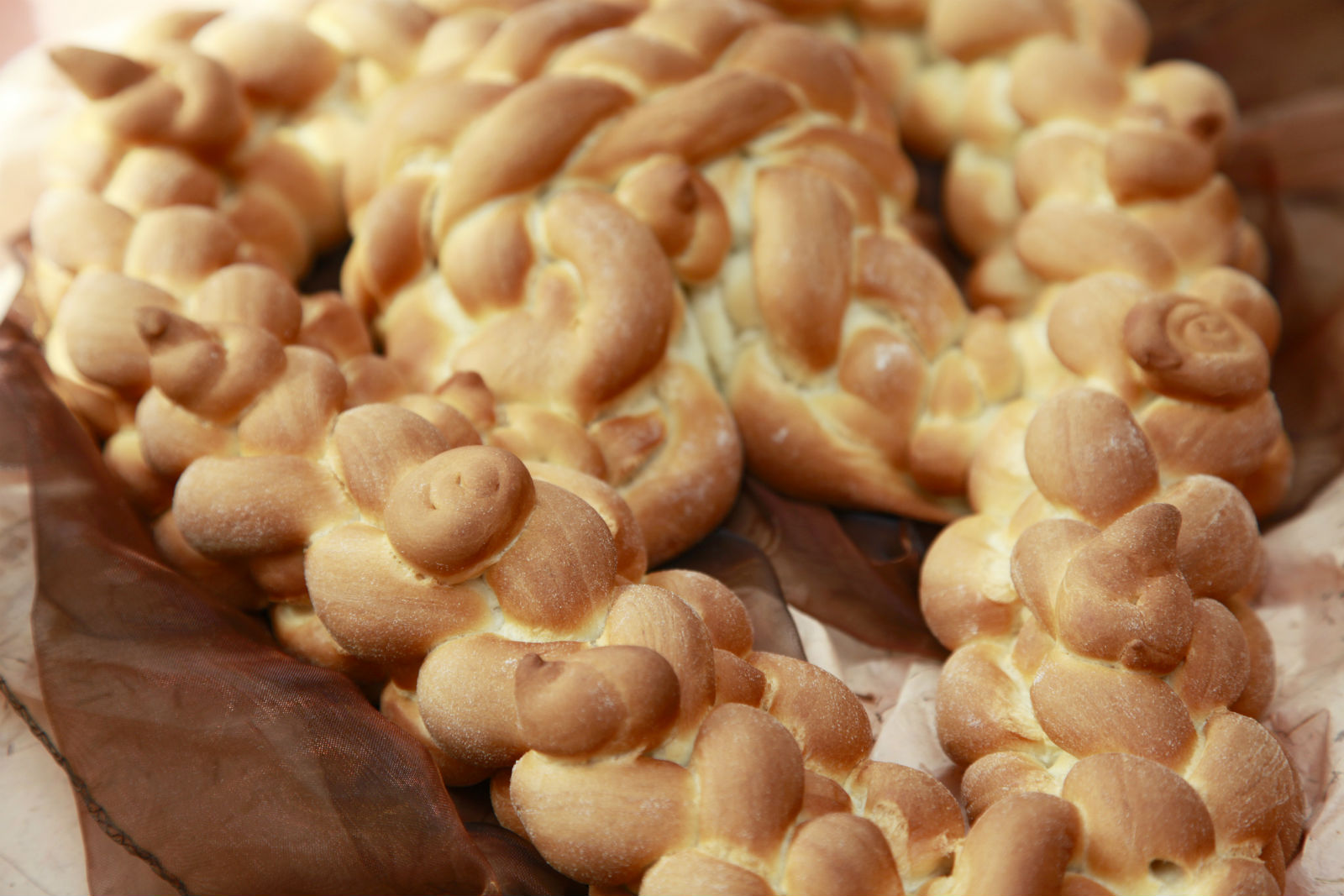
Slovenia specializes in a braided bread in the shape of a heart called pleteno srce. This braided bread’s uniqueness is primarily its ornamental shape, which can be as simple as a braid shaped into a heart, or elaborate with small flourishes and dough decor placed throughout at the baker’s discretion. It’s typically given as a special occasion gift to family and friends —though it’s often is so beautiful it’s hard to justify eating it!
Kulich/Kalacs/Colac/Kolač/Cozonac
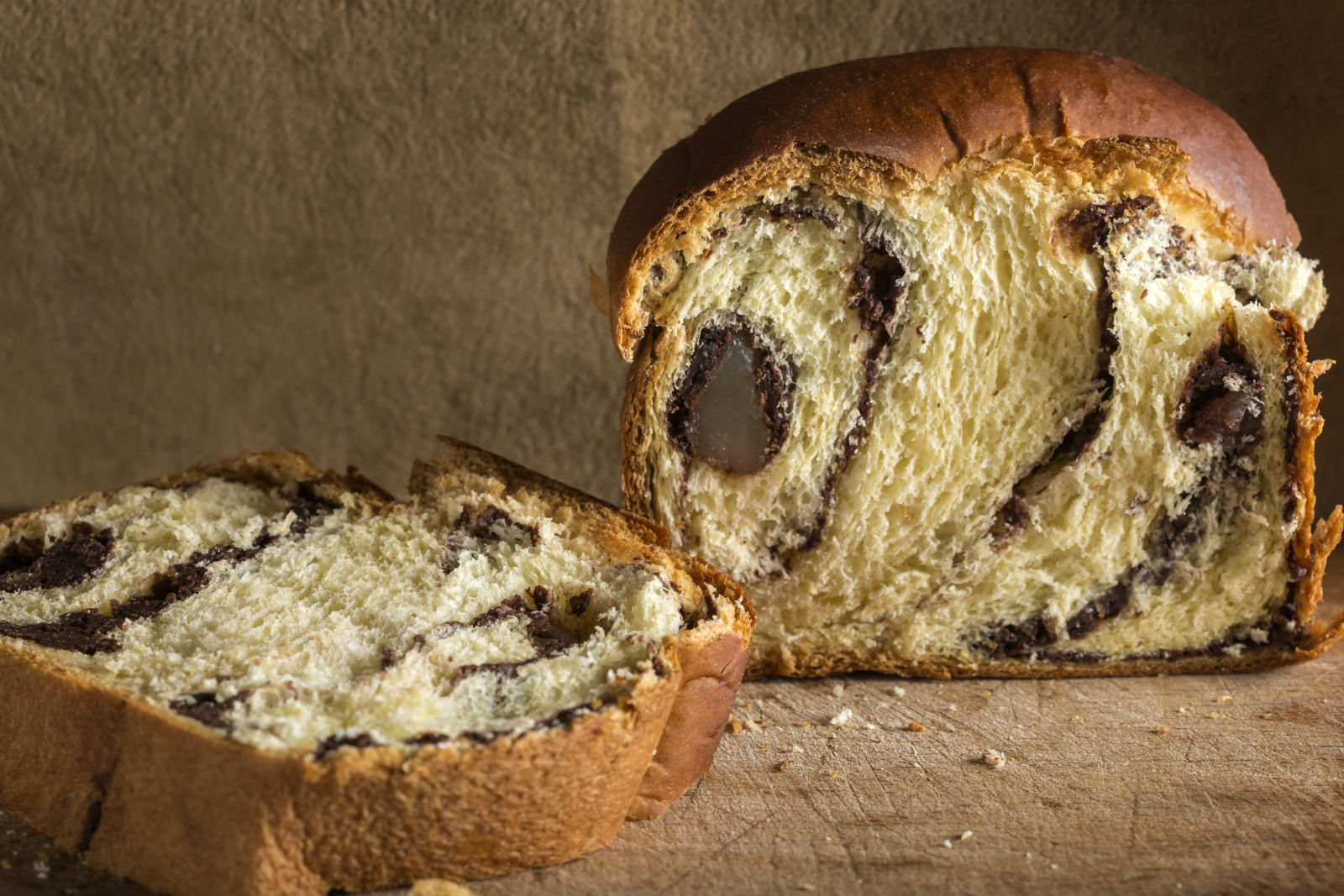
This enriched, braided bread hails from countries such as Romania, Slovakia, and Hungary and is referred to by several different names (see above). However, there are nuances between each kind. The Hungarian kalacs is often swirled with cinnamon or walnuts, and is traditionally eaten on Easter. Bulgarian cozonac adds lemon zest to the dough, and Russian kulich is baked in trademark cylindrical cones with frosting and floral decor on top.
Brioche
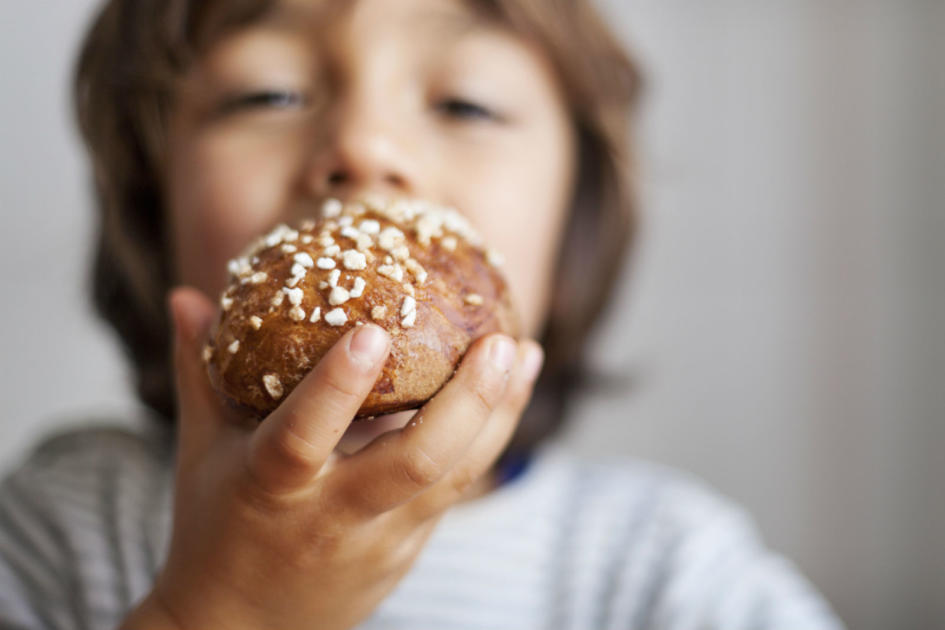
Though challah has more of a connection to Central and Eastern European breads, it’d be remiss not to mention this classic French bread that frequently takes a braided form. Rich with milk and butter, brioche is often nibbled at breakfast along with a strong cafe au lait, or as an afternoon snack. The baking process involves a second rising after punching it down once, as well as a method of folding in the butter in small pieces (typically with a chilled knife, one piece at a time), so brioche, while appearing simple, is actually one of the more challenging sweet breads to bake.
Now, go forth and indulge in delicious braided carbs!
